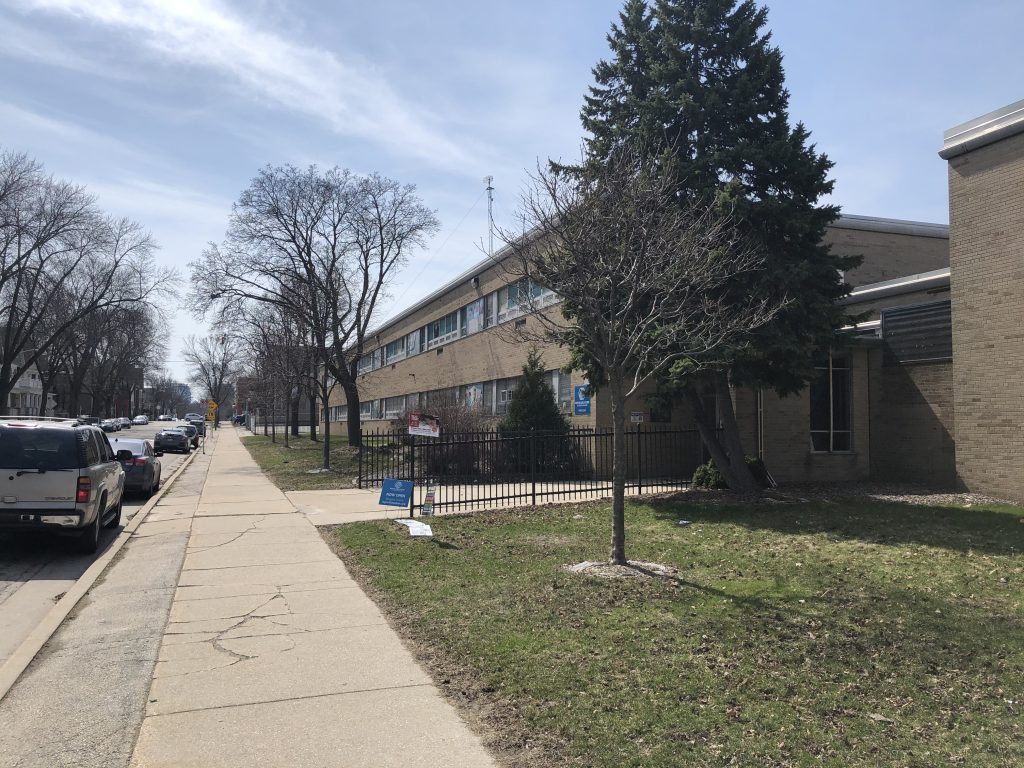Milwaukee’s Students Are Disappearing
Decline impacting MPS, independent charter and even choice schools.
Where have all the students gone?
A recent report by the Wisconsin Policy Forum noted that “After three decades… the number of students enrolled in Milwaukee Public Schools (MPS) and the number paying tuition to attend private schools have each plummeted while enrollment continues to rise in charter schools and private schools receiving state voucher payments.”
But Sara Shaw, Deputy Research Director at WPF, tells Urban Milwaukee that the K-12 education landscape is ever changing, even since this recent report was written. “Our report is what has happened longitudinally,” says Shaw. It looks backwards decades; it is not necessarily a good predictor what will happen in the future or even the changes in the last few years.
“When you zero in on the most recent years, there are some interesting fluctuations happening,” says Shaw.
MPS showed a lower enrollment loss for 2023-24, from more than a thousand students per year to just 51 students as Urban Milwaukee reported in May. Shaw’s final numbers show a MPS loss of 187. However, the district predicts an increase in enrollment for the coming (2024-25) year.
But Shaw advises “some cautious optimism” about that projection. It might only be a short-term trend of students who dropped out during the COVID-19 pandemic returning, she observes. “We don’t know how many of these students are coming into the MPS system are new students or should have been here from the beginning and are now reenrolling. It might be a little false inflation… It may not be indicative of future trends.” Shaw believes MPS will continue to lose students.
Meanwhile two other sectors, independent charters schools and NICs (non-instrumentality MPS charter schools not staffed by MPS employees) together saw a long-term increase of 8,372 students, “more than doubling from 7,323 in 2006 to 15,695 in 2024 – the biggest percentage increase of any the sectors,” said the WPF report. “The gains were evenly split between the independent charters and the NICs.”
But that’s an 18-year trend. Data for recent years shows charter schools are now losing students. MPS’s non-instrumentality charter schools have been losing students since 2020 and independent charter schools since 2022, Shaw notes. “MPS is still taking the brunt of it, but these two other charter providers [The City of Milwaukee and UW-Milwaukee] are starting to see some pressure.” They are beginning to lose students as well. Urban Milwaukee reported this this drop in charter school enrollment back in May.
In the short term, the only sector gaining students are private choice or voucher schools. “Choice participation has grown every year since 2021,” Shaw says.
The increase in choice enrollment may be influenced by an increase in allowable family income. While the MPS voucher program was originally established to help low-income families, today middle-class Milwaukee families can enter the program. A Milwaukee family of four with an income of $90,000 per year can qualify for vouchers. Measuring the income impact is difficult, says Shaw. “We can’t get to the student level data” to determine how many in the choice program are because of the increased limits on income, she notes.
Nevertheless, one clear loss is the number of students in private Milwaukee schools that pay tuition. “A city like Milwaukee has seen such white flight, there are fewer families that can afford to pay,” says Shaw. “The long-term national trend is of higher or middle-income families enrolling their children in urban private schools.” The increased voucher income limits allow middle income families to choose private schools if they stay in Milwaukee. Whether private schools can maintain their enrollments in an ever-shrinking pool of students by drawing students from MPS and charters remains to be seen.
If there are fewer Milwaukee students, where did they go? For the most part, they were never born.
“Most of the kids that graduated last June or May were born in 2006. From there, the birthrate in the city of Milwaukee is down 31%,” says John Johnson, Research Fellow at Marquette University Law School, in a discussion of his findings with Urban Milwaukee. “When you compare the number of births that go to first grade in the city of Milwaukee, I do not care what sector the school is, just that the school is in the city of Milwaukee, there is a very close correlation between enrollment and the number of births.” He reported those findings via his Marquette University Law School Faculty Blog.
Besides the long-term decline in the birthrate comes a net out-migration of families with children from the city, which results in “a pretty stable 15 to 20% reduction in the number of first graders we get to the number of babies that were born,” Johnson notes. Due to “out migration,” he notes, “We lose as much as a fifth of little kids before they turn six.” Another blog post offers more detail on this pattern.
“If that relation between birthrates and first grade enrollment holds,” Shaw notes, “first grade enrollment across the city is likely to be between 16% and 22% lower in 2029 than it was in 2023,” she says.
“It is difficult for me to believe that it would not impact MPS in some fashion,” she adds. Meaning its enrollment is likely to continue declining in future years.
While the rising number of Latino families in the city have increased the percentage of Latino students in Milwaukee schools, Johnson does not foresee this having a long-term positive enrollment impact. “All these different demographic groups are on a different base line, but they are on the same trajectory,” says Johnson. “We would see the same downward trend in [Latino] births.”
The impact, it appears, may be felt by every kind of K-12 school in Milwaukee.
If you think stories like this are important, become a member of Urban Milwaukee and help support real, independent journalism. Plus you get some cool added benefits.
K-12 Education
-
MPS Training in Science of Reading Going Poorly
 Nov 23rd, 2025 by Terry Falk
Nov 23rd, 2025 by Terry Falk
-
The Fear Factor at MPS
 Nov 11th, 2025 by Terry Falk
Nov 11th, 2025 by Terry Falk
-
MPS Reaching Out to Community
 Nov 2nd, 2025 by Terry Falk
Nov 2nd, 2025 by Terry Falk





















School choice was never about helping poor children doing better in school. It’s long term goal was to create a middle class entitlement for enrollment of students in religious schools which the expectations that these parents would continually promote extreme conservative politicians. If church communities and the families that make up these church communities choose not to support the faith based education of their children, why should the taxpayers be expected to finance it?